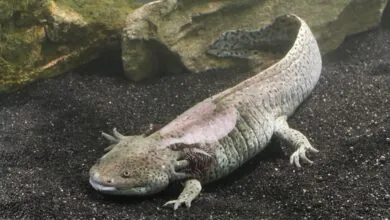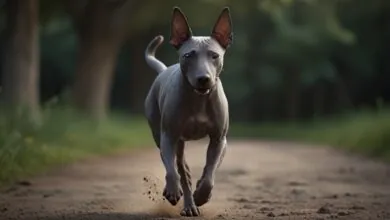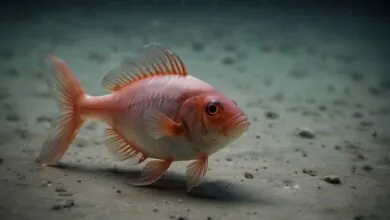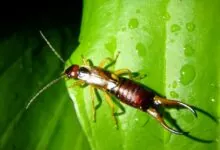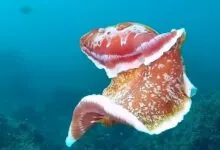Norway Rat Size: How Big Are These Unwanted Rodents?
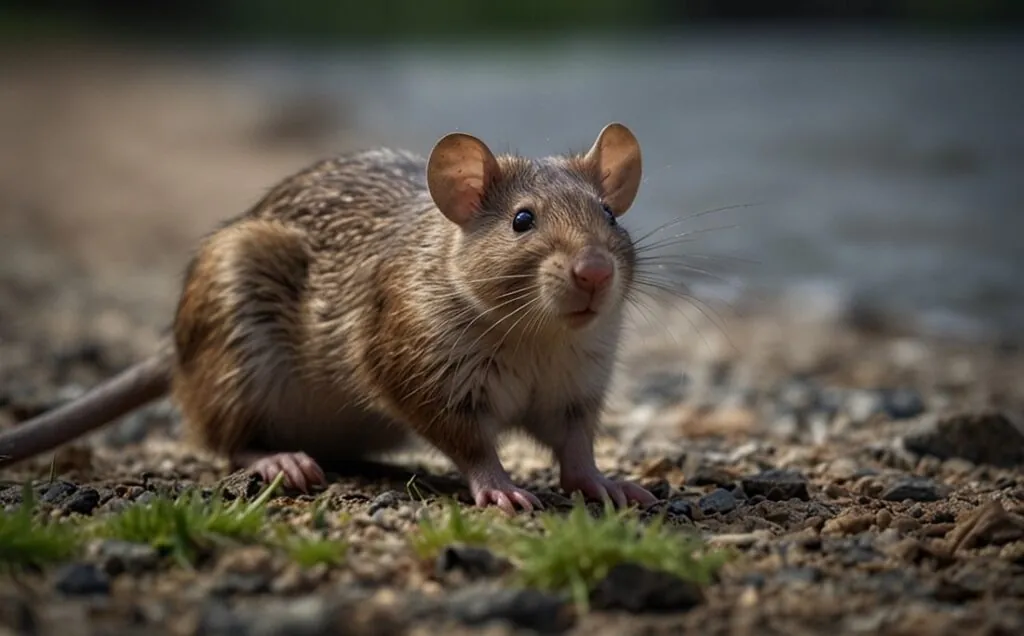
Are you curious about one of the largest rats in the world? Let’s dig deep into the realm of the Norway rat, also renowned as the brown rat or sewer rat and explore everything you need to know about this fascinating creature. In this piece of construct, we’re going to unfold the secrets behind the Norway rat size, behavior, habitat and more. So, if you’ve ever wondered just how big these rodents can get, you’re in the right place! Without further ado, let’s get started.
| Kingdom | Phylum | Class | Order | Family | Genus | Scientific Name | |
| Animalia | Chordata | Mammalia | Rodentia | Muridae | Rattus | Rattus norvegicus |
Norway Rat Size
Norway rats might seem small scurrying through the shadows, but they’re, in reality, one of the biggest rodents pests you’re likely encounter. Let’s spotlight the Norway rat size.
An adult Norway rat can reach a whopping 16 inches (40 cm) from nose to tail tip. Their bodies alone measure around 9.5 inches (25 cm), which is about the length of a large smartphone. The average Norway rat weight is anywhere from 0.5 to over 1 pound (226 grams to 500 grams).
Notwithstanding the Norway rat size, they can squeeze through openings as small as half an inch (1.3 cm). That’s about the width of your pinky finger! Their powerful jaws and ever-growing incisors can exert up to 22,000 pounds per square inch of pressure. The size of this species can be directly correlated to food availability. In areas with abundant food scraps – like urban environments – Norway rats tend to be larger than their rural counterparts.
Scientific Name
The Norway rat – a common and widespread pest – carries the scientific name Rattus norvegicus. This bi-nominal system of nomenclature classifies the rat within the genus Rattus, grouping it with other close relatives like the roof rat. The Norway rat species designation, norvegicus, refers expressly to Norway, though the misconception is that the Norway rat originated there. In reality, these adaptable rodents likely came from Central Asia, but the name stuck due to their early association with European ships.
Origin and Evolution
Evolutionary History
The Norway rat belongs to the Muridae family, which encompasses various rodents like mice, voles and other rates. Their evolutionary journey can be traced back to Eurasia around 50 million years back in time. Around 2 million years ago, an ancestor of the Norway rat diverged from the lineage leading to the black rat (Rattus rattus). This split likely took place due to changing environments and ecological niches. During the Pleistocene epoch (Ice Age), Norway rats adapted to colder climates, resulting in physiological changes from thermoregulation.
Genetic Composition and Diversity
The Norway rat has 42 chromosomes, with a genome size of around 2.77 billion base pairs. Research indicates genetic differentiation between Norway rat populations in Europe and North America. The variation might be linked to founder effects and adaptations to local food sources and predators.
Environmental Adaptations
Norway rats are highly adaptable, thriving in diverse environments like sewers, farms buildings and even deserts. These resourceful rodents possess excellent spatial memory and can navigate intricate environments. Their keen sense of smell helps locate food and avoid predators.
Distribution and Population
Geographic Range
The Norway rat is a cosmopolitan species, that is, it inhabits most of the world. They’re found on every continent except Antarctica. Their established populations are found in Europe, Asia, North and South America. Albeit the “Norway” in their name, Norway rats originated in northern China and Mongolia around 50,000 years ago. They spread westward along trade routes, reaching Europe by the 18th century.
Population Dynamics
Though approximating Norway rat population is challenging, researchers suggest densities can range from 2-300 individuals per hectare in urban environments. Their populations tend to fluctuate built upon food availability, shelter and predator pressure.
Geography
| Continents | All except Antarctica |
| Bio-geographical Realms | Bio-geographical Realms Palearctic; Introduced in Nearctic, Afrotropic, Indomalayan |
| Biome | Urban environments, Forests, Grasslands, Wetlands |
| Climate Zones | Temperate, tropical, subtropical |
Habitat
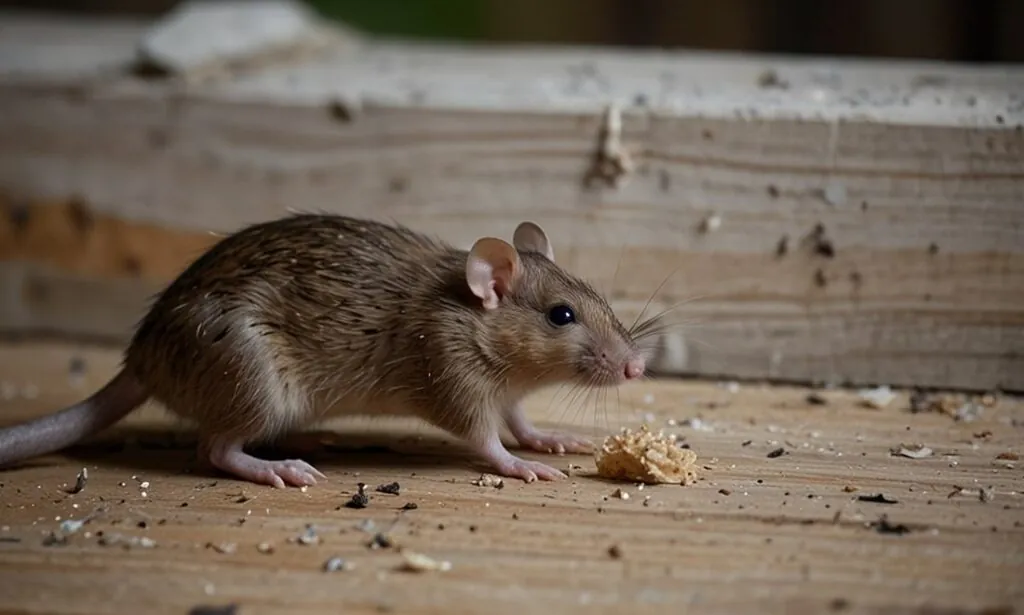
The captivating Norway rat size may steal the spotlight, but its habitat holds equally fascinating secrets.
Habitat Preferences
Norway rats can thrive in both natural and man-made ecosystems. They feature a strong preference for environments providing shelter, food sources and water. Speaking of their specific microhabitats, they may crate elaborate burrow systems near water sources with multiple entrances and chambers. While both the Naked Mole-Rat and the Norway rat are rodents, the former is adapted to living in underground colonies, while the latter is often found in urban environments.
Habitat Utilization Patterns
Norway rats are chiefly nocturnal animals, that is, they’re most active at night when there’s less risk of encountering predators. Their populations may showcase some seasonal movements depending on food availability and weather conditions. In colder climates, they might move closer to buildings for warmth and access to food sources during winter.
5 Norway Rat Facts
Appearance
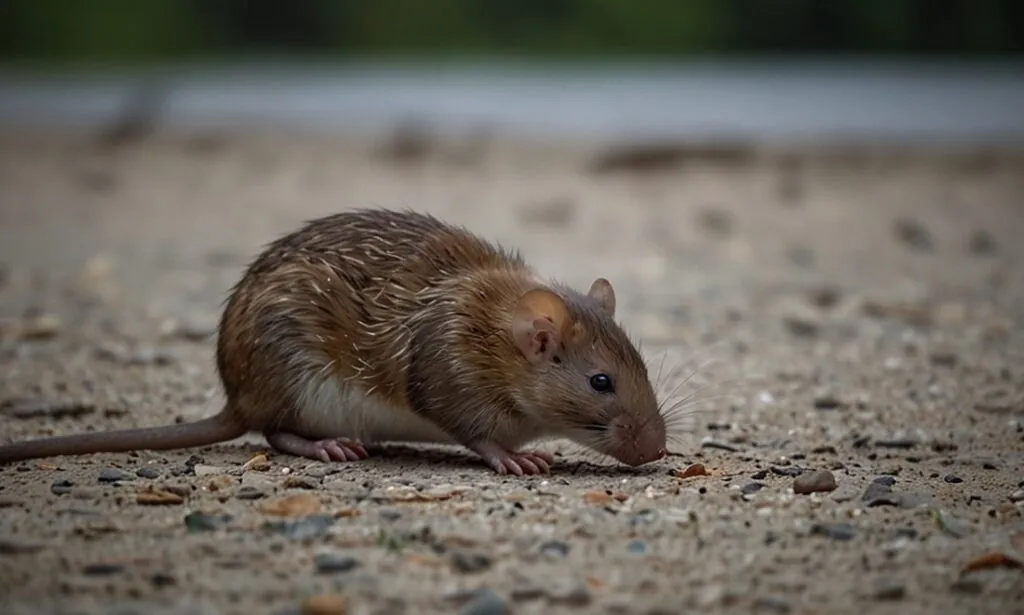
Though the Norway rat size may command attention, its appearance harbors a wealth of enthralling secrets, waiting to be revealed.
Physical Characteristics
Size: Norway rats are one of the largest rodent species. Adults generally measure 16-20 inches (40-50 cm) in total length, including the tail, with body length of 7-9 inches (18-23 cm).
Shape: They’ve a robust, heavyset body with a blunt snout, small eyes and short, rounded ears that don’t fold over.
Color: The Norway rat’s fur is coarse and short, normally ranging in color from grayish-brown to reddish-brown with a lighter underside that can be grayish-white or yellowish.
Distinctive Feature: One of the most recognizable features of Norway rats is their tail. Unlike some other rodents, their tail is shorter than their body, hairless and scaly – appearing pink or brown in color.
Norway Rat Anatomy
| Color(s) | Brownish-gray, sometimes with scattered black hairs |
| Tongue | Rough and spiny |
| Claws | Sharp and curved |
| Mouth | Small with sharp incisors |
| Jaw | Strong for gnawing through tough materials |
| Teeth | Continuously growing incisors |
| Nose | Pink and well-developed |
| Feet | Five toes on each foot with rough pads |
| Skeleton | Bony skeleton with a flexible spine |
Reproduction and Life Cycles
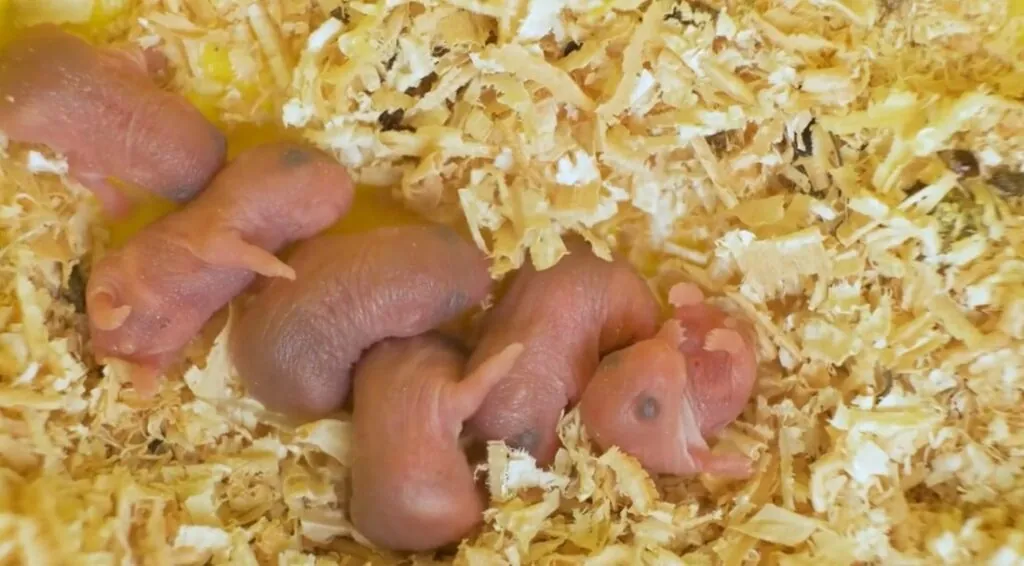
Even as the Norway rat size captures our fascination, its reproduction and life cycles are brimming with equally intriguing tales yet to be told.
Mating System
Norway rat’s mating system is defined as promiscuous – where both males and females mate with multiple partners throughout their breeding season. They don’t exhibit monogamy or form long-term pair bonds.
Reproductive Biology
In conjunction with the Norway rat reproduction, they can breed year-round, specifically in areas with stable temperatures and abundant food resources. Nonetheless, breeding activity may be more pronounced during spring and fall. Females nurse their young for 3 to 4 weeks, offering milk and grooming them. Females can reproduce very quickly. Following a gestation period of around 21-23 days, they can give birth to large litters – 5-12 pups per litter.
Life Cycle Stages
Norway rat pups are born blind and hairless. Their fur grows in within a week and their eyes open around 14 days old. By 3-4 weeks, they are weaned and become independent. Sexual maturity is reached at around 3-4 months of age. The Norway rat’s lifespan, in the wild, is relatively short, typically lasting only 1-2 years. In controlled laboratory settings, they can live up to 3-4 years.
Mating Habits
| Mating Behavior | Promiscuous – females mate with multiple males |
| Reproduction Season | Breeds year-round, but more frequent in warmer months |
| Litter Size | 5-10 pups per litter |
| Gestation Period | 21-24 days |
| Independent Age | 3-4 weeks old |
Diet and Lifestyle
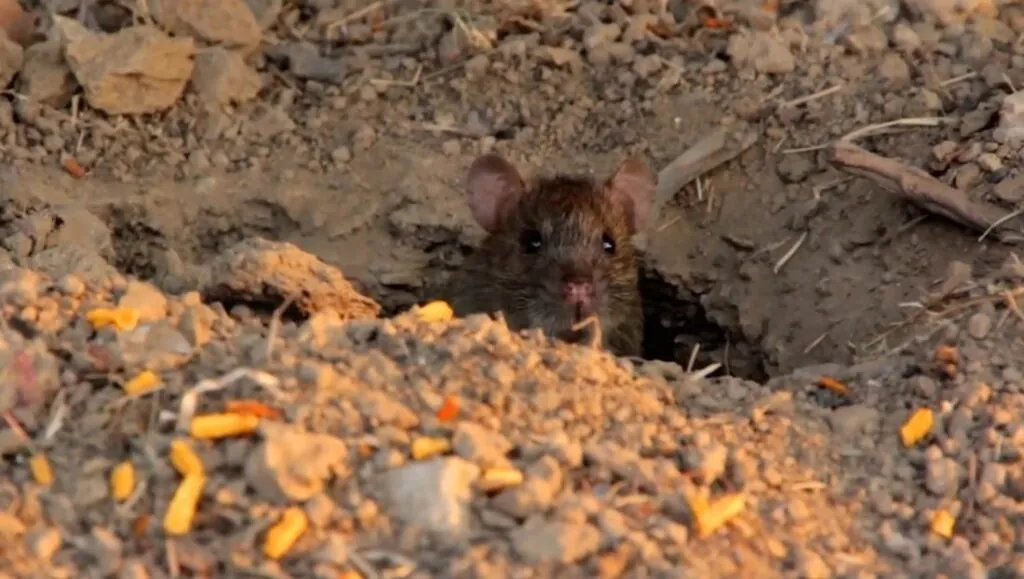
While the Norway rat size captures headlines, its diet and lifestyle hold a trove of captivating narratives waiting to be explored.
Feeding Ecology
With respect to the Norway rat’s diet, they’re opportunistic feeders, typified as omnivores. Their diet comprises seeds, grains, fruits, vegetables, insects, eggs, small mammals, carrion and garbage.
Foraging Strategies
The keen sense of smell of Norway rats makes them excellent foragers. They can travel long distances at night, unpacking new areas and memorizing routes to reliable food sources. For further insight into the biology, behavior, and control of the Norway rat, we recommend visiting the website of the Centers for Disease Control and Prevention (CDC).
Threats and Conservation
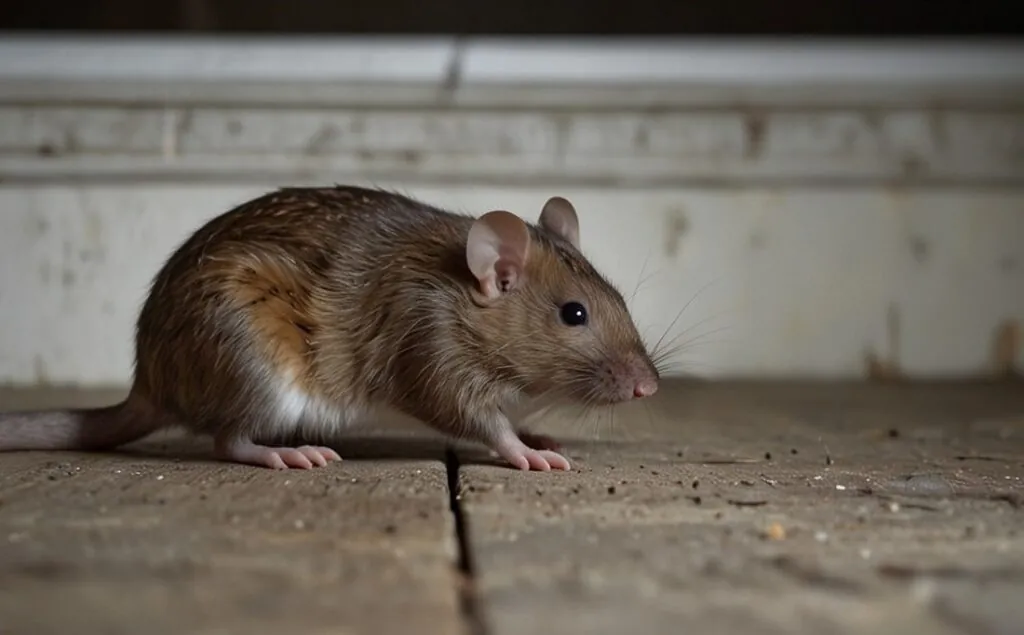
The Norway rat is not a species of conservation concern. In fact, the International Union for the Conservation of Nature (IUCN) Red List classifies them as “Least Concern.” Their population doesn’t face many significant threats in the wild. Nevertheless, there’re a few factors that can keep their population in check, including predators, habitat loss, disease and control measures.
Relationship with Humans
Cultural Significance and Symbolism
In mythology, Norway rats are linked with negativity. In Egyptian mythology, they were seen as harbinger of disease and death. Similarly, some Native American legends depict them as tricksters or symbols of chaos. In folklore, seeing rate in some cultures is regarded a bad omen, foretelling misfortune or illness. In contrast, in some parts of Europe, white rats were thought to bring good luck.
Diseases Carried by Norway Rats
Media and Entertainment
In the realm of media and entertainment, these species have made their conspicuous presence in multiple genres:
Norway Rat vs Roof Rat
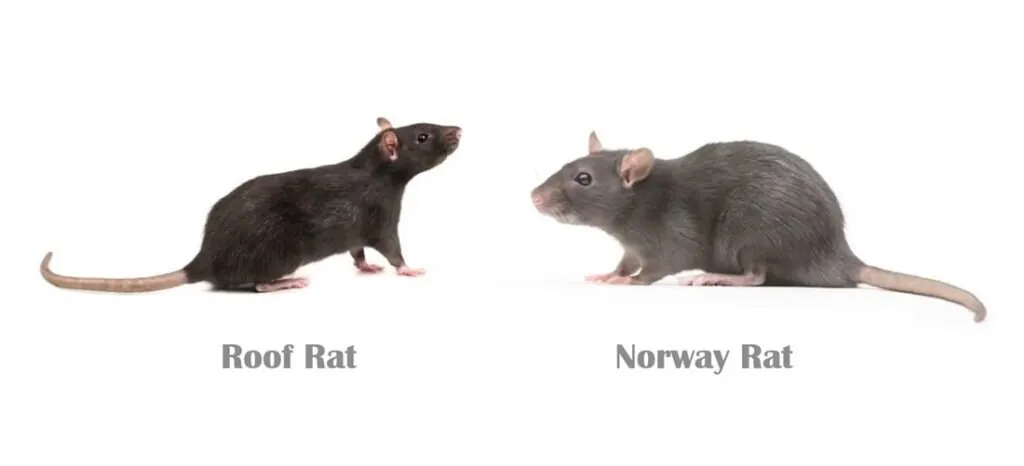
These comparative percentages are ballpark figures for a quick rundown and aren’t scientifically precise. Actual differences can fluctuate thanks to variables like species, environment and individual variations.
The Takeaways
Forge a path through an intriguing journey as we unfold fascinating facts about Norway rats – truly captivating animals that start with N. Join us in shedding light on their remarkable rundown!
| Common Name | Norway Rat |
| Other Name(s) | Brown rat, common rat, sewer rat, wharf rat |
| Number of Species | 1 (Rattus norvegicus) |
| Population Size | Extremely high (billions worldwide) |
| Lifespan | 1-2 years (wild), up to 4 years (captivity) |
| Weight | 11 oz – 1.25 lbs (312 g – 567 g) |
| Length | Up to 16 inches (40 cm) (total) |
| Top Speed | 5 mph (8 kph) |
| Predators | Snakes, owls, foxes, cats |
| Prey | Insects, eggs, small animals, fruits, vegetables, garbage |
| Most Distinctive Feature | Long, scaly tail, sharp incisors |
